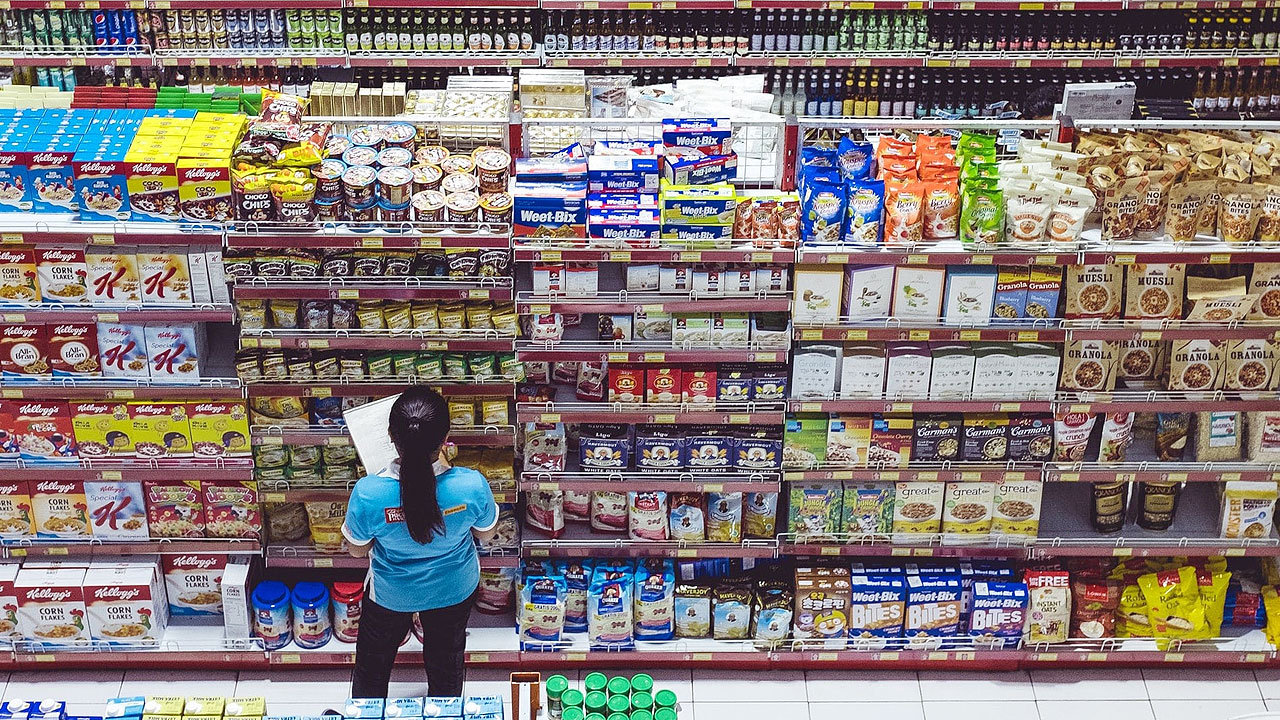Inflation expected to ease further in 1st quarter

INFLATION is expected to ease further in the first quarter as prices of key commodities stabilize, First Metro Investment Corp. (FMIC) and the University of Asia and the Pacific (UA&P) said.
“We expect inflation to fall within the Bangko Sentral ng Pilipinas (BSP) target in the first quarter, when it averages some 3.2%. This could go even lower if other food prices remain soft,” it said in its Market Call on Tuesday.
“Various methodologies do show a definitive easing in inflation. Food prices, except for rice, have stabilized or declined while crude oil prices have quickly headed south after every major event that got traders nervous,” it added.
Headline inflation slowed to 3.9% in December, from 4.1% in November and 8.1% a year earlier. This was also the weakest inflation reading in 22 months.
In December, food price growth slowed to 5.5% from 5.8% in November and 10.6% a year earlier.
Prices of diesel also fell 13% year on year, against the 18.4% decline in November. Gasoline price growth was -3.9%, from -4.8% a month earlier.
Inflation averaged 6% in 2023, marking the second straight year that consumer price growth breached the 2-4% target band.
January inflation data will be released on Feb. 6.
FMIC and UA&P see full-year inflation settling at 3.8%, within the central bank’s target.
The BSP projects inflation easing to 3.7% this year and further to 3.2% in 2025.
Meanwhile, FMIC and UA&P said they expect to see stronger gross domestic product (GDP) growth this year compared with 2023.
“Robust job numbers, slower inflation and sustained infrastructure spending should power GDP growth in 2024 to 6% from an estimated 5.5% uptick in 2023,” they said.
“Economic data released in December 2023 and early January 2024 provide more than sufficient reason to be more optimistic in 2024,” they added.
The government is targeting 6.5-7.5% GDP growth this year.
In the nine months to September, the economy grew by a revised 5.6%, still short of the 6-7% target for 2023.
A BusinessWorld poll of 20 economists showed that GDP likely grew 5.7% in the fourth quarter, weakening from the revised 6% growth posted in the third quarter and the 7.1% expansion a year earlier.
Fourth-quarter and full-year GDP data will be released today, Jan. 31.
Meanwhile, FMIC and UA&P expect that National Government (NG) debt as a share of GDP will decline to 59% this year.
“NG spending may have eased in November, but last month catch-up spending to exhaust budgeted amounts will likely bulge in December,” it said.
“However, with minimal additional borrowing in December, we expect a decline in debt-to-GDP ratio to 60.4% in 2023 from 60.9% in 2022. Faster GDP growth and lower interest rates during the year should push this down further to 59%,” it added.
The debt-to-GDP ratio was 60.2% at the end of the third quarter, lower than the 61% at the end of the second quarter and 63.6% a year earlier.
Debt-to-GDP of 60% is the upper limit considered to be sustainable by international development banks for poorer countries. — Luisa Maria Jacinta C. Jocson



